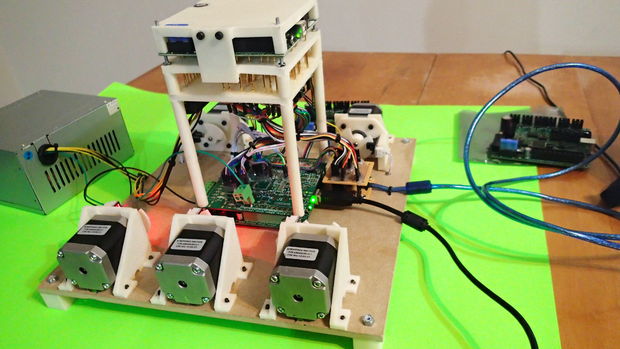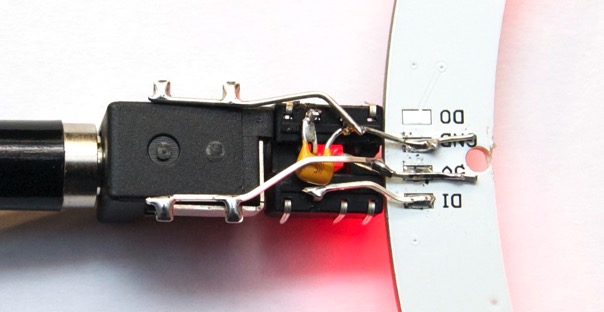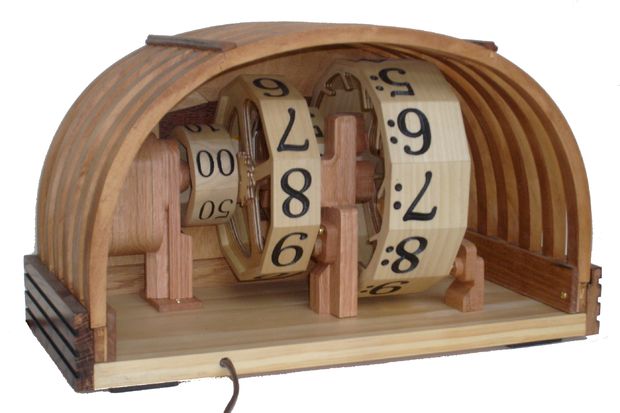Repair of an Agilent Synthesized Signal Generator
Shahriar from the SignalPath purchased a defective Agilent E4433B ESG-D Signal Generator as a teardown and repair project. Sounds expensive but this piece of equipment is an expensive piece of gear. Shahriar goes through the troubleshooting of the system in great detail and repairs the fault! “The Output RF board is equipped with various amplifiers, electronic attenuators, I/Q mixers, heterodyne paths and final PA. By using soldered SMA cables




